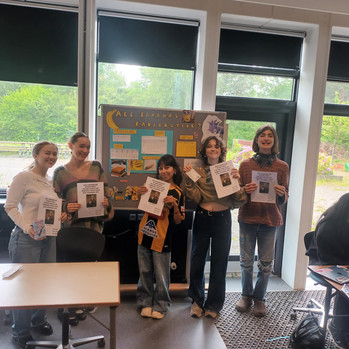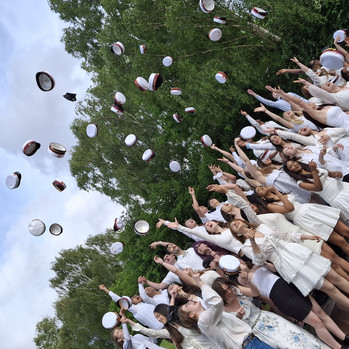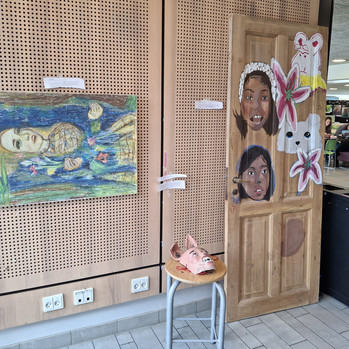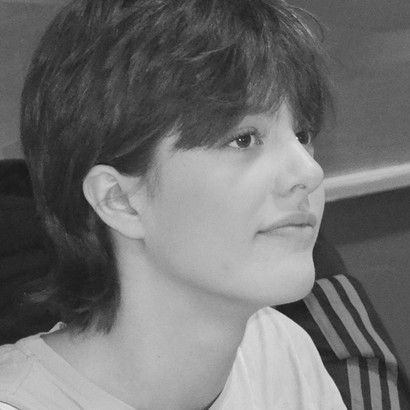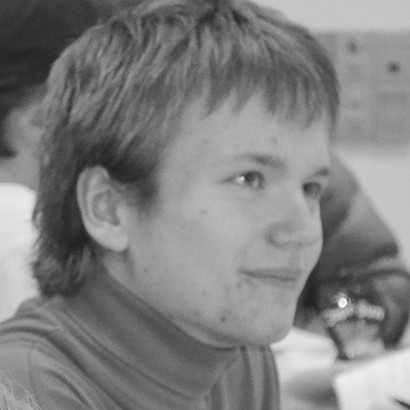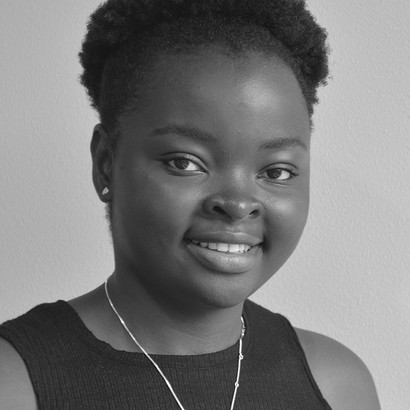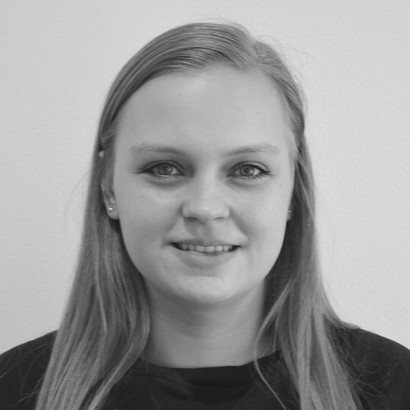You are here
2i Canoe Trip 2017
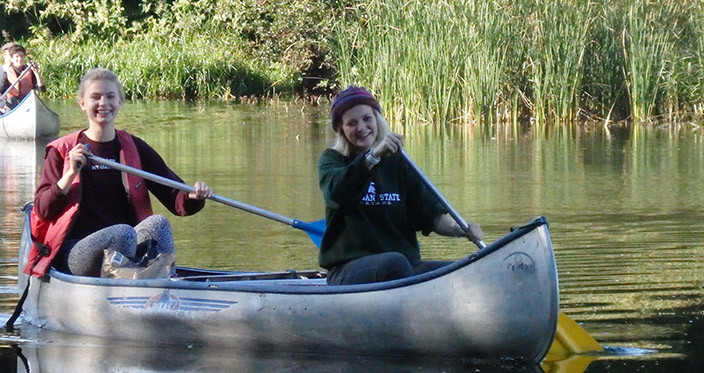
Thursday, 2i and a group of their teachers took advantage of a schedule free day to go on an all-day canoe trip.
While the Stx Department enjoyed the many art and culture workshops of the KULT 10-year anniversary, 2i enjoyed the challenges of canoe sailing on the Mølleå from Lyngby Sø to the outlet of Mølleå at Strandmøllen.
For our teambuilding exercise, we booked 20 aluminium canoes at Nybro Kanoudlejning, including paddles, lifejackets and small trolleys, which were very important when carrying the heavy canoes over land when we needed to pass the water mills. After a bit of rain in the morning, the weather improved and we had a beautiful trip. We ate lunch at the National Museum of Denmark at Brede and after approximately 4 hours, the first canoes arrived at the destination, Strandmøllen, where we could leave the canoes to be picked up by their owner.
Get an impression of the day through the photos taken by Amanda 2i and Jakob
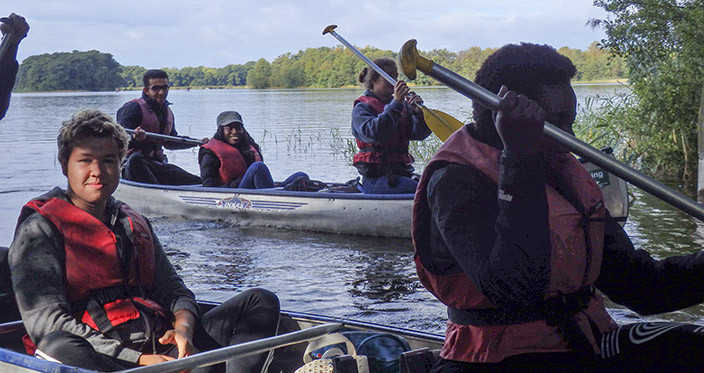

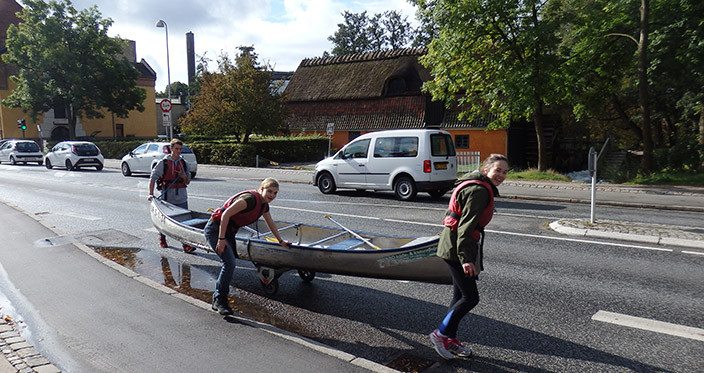
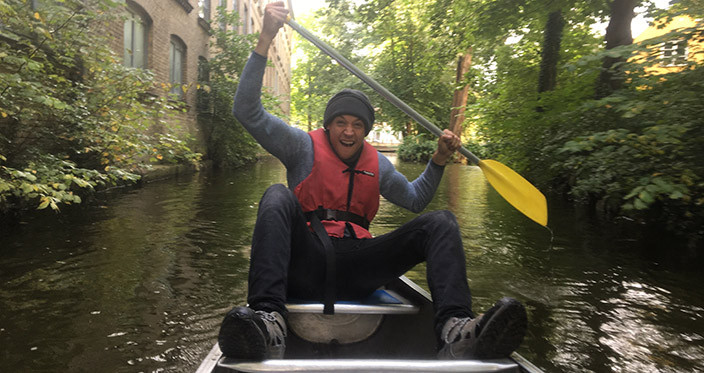
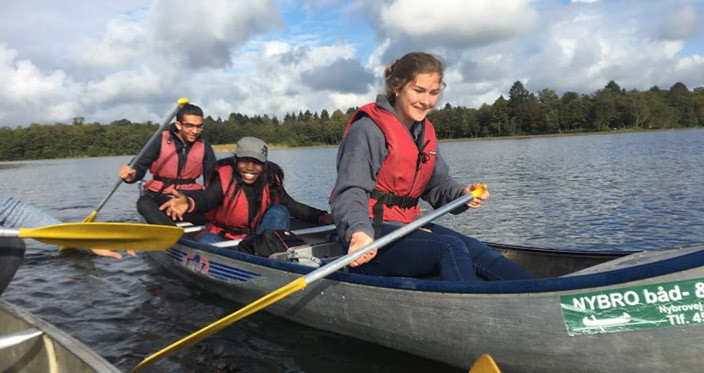
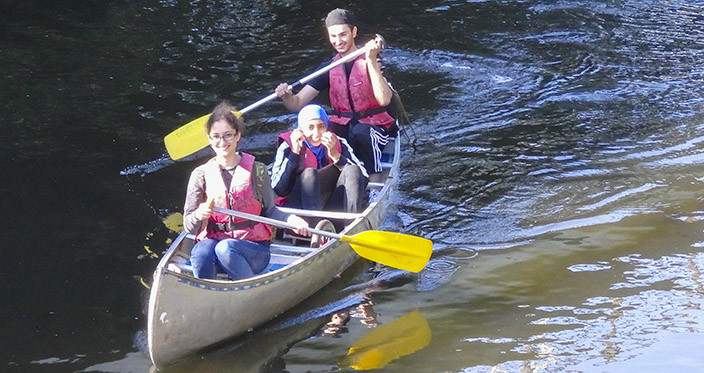
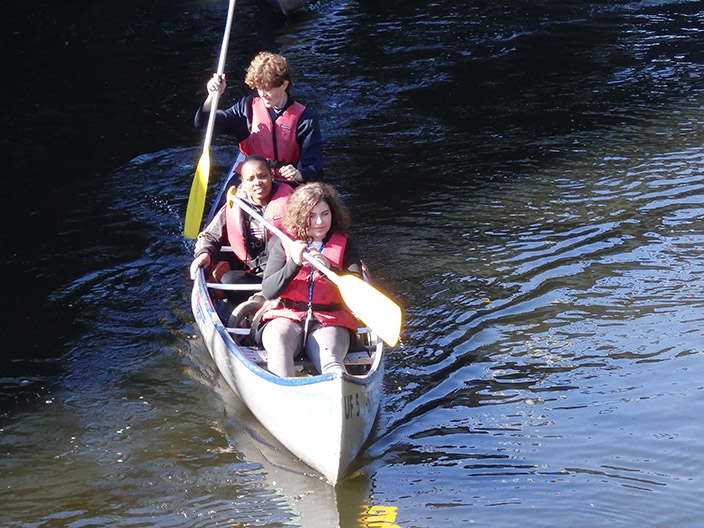
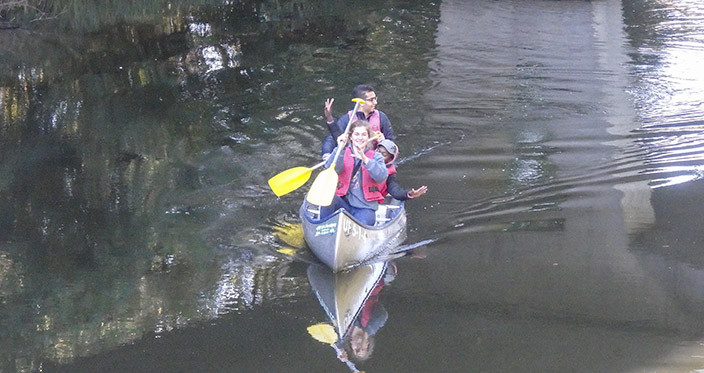
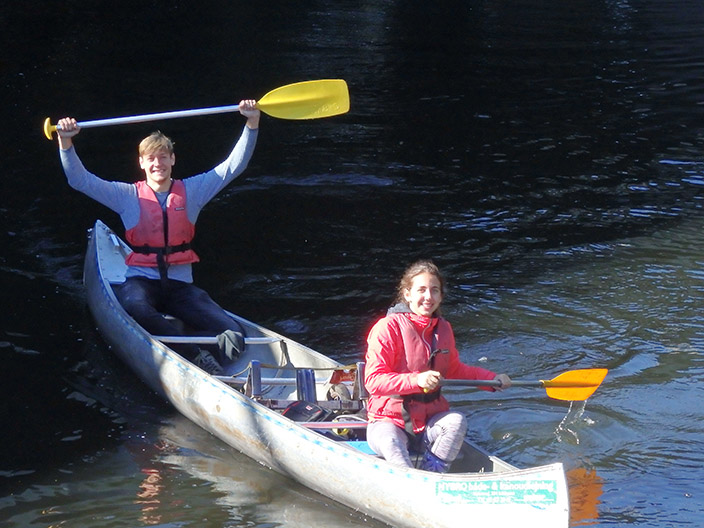
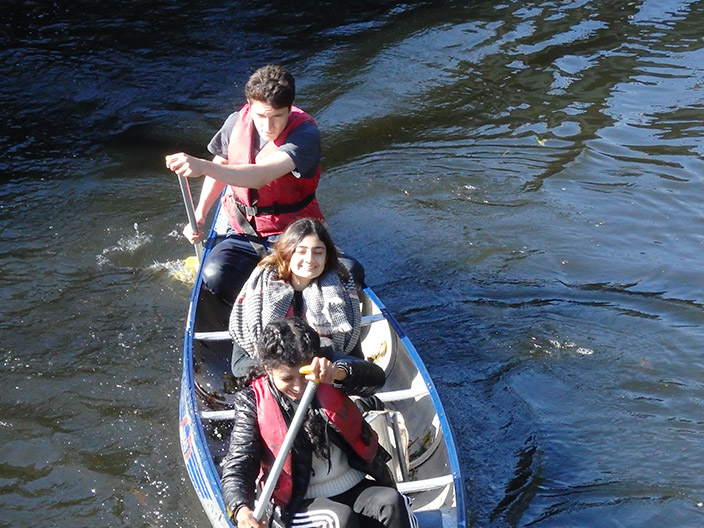
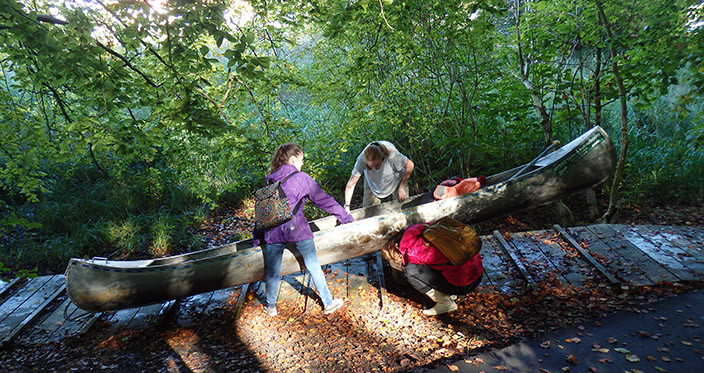
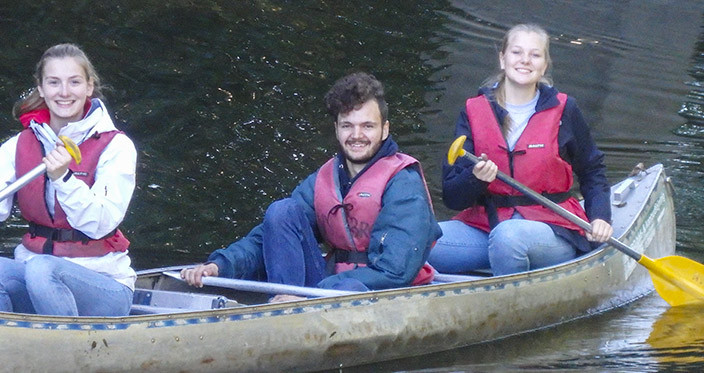
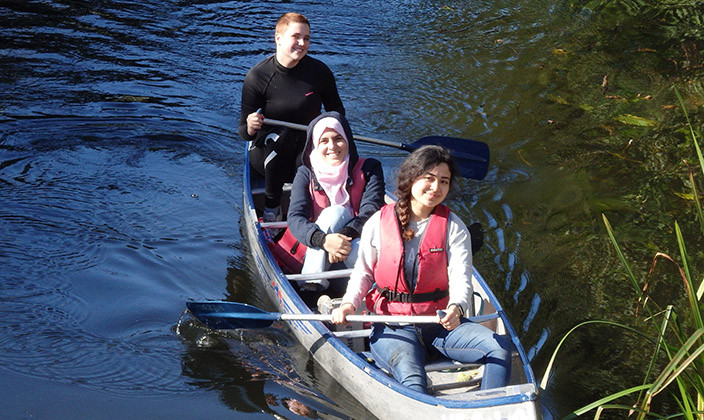
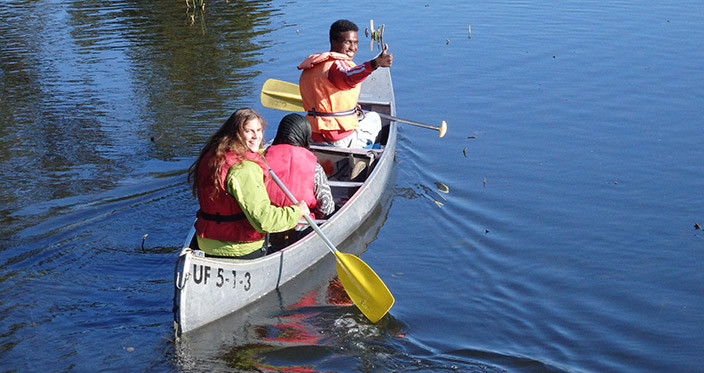
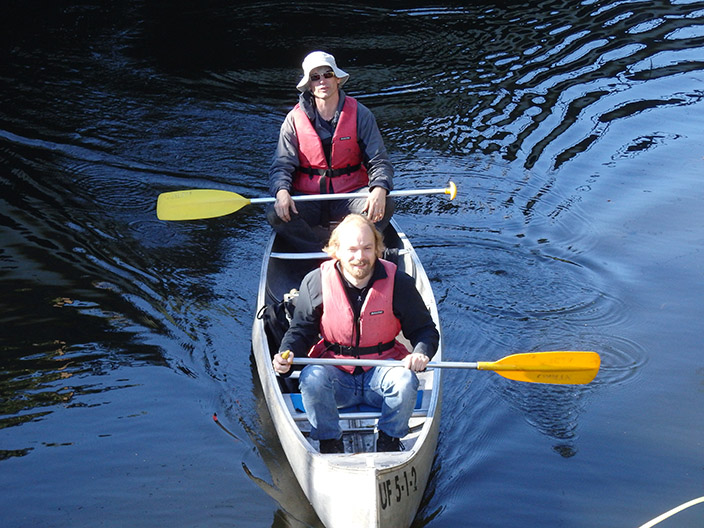
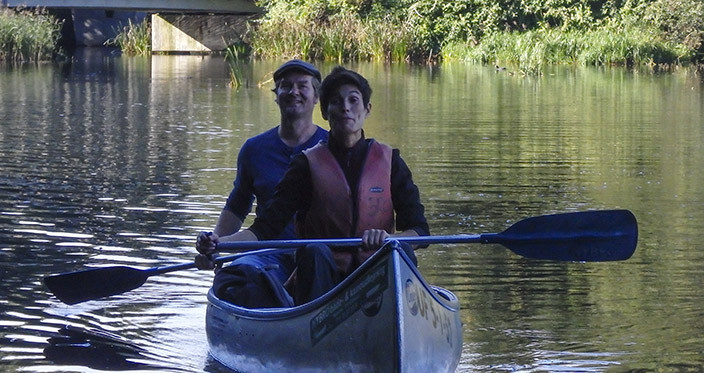
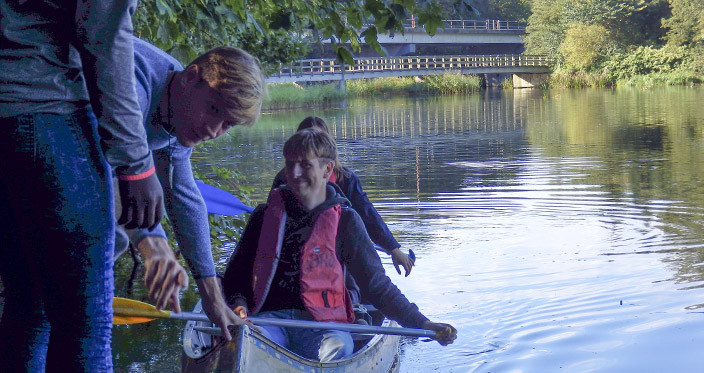
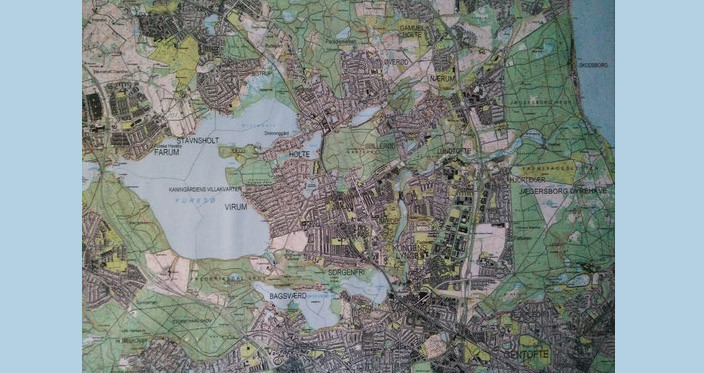
The 36 km long Mølleå, north of Copenhagen, is the largest stream in Northern Zealand and starts at a water shed called Krogenlund Mose between the villages Slagslunde and Lynge. Water running westward goes through the lake Bure Sø and continues to Roskilde Fjord. Water running eastward first goes through the lake Bastrup Sø and from there it continues through a number of lakes lying as a string of pearls – including the 38m deep Lake Furesø, which is the deepest lake in Denmark.
The Mølleå starts 33 m above sea level, and at the last 9 km from Lake Lyngby Sø to its outlet in Øresund the water level drops 19 meters. This has led to construction of nine water mills, which were initially used for flour production. During the 17th century, their use was also for industrial production of metal, gunpowder, paper and cloth, and the whole area is therefore known as the industrial cradle of Denmark.
